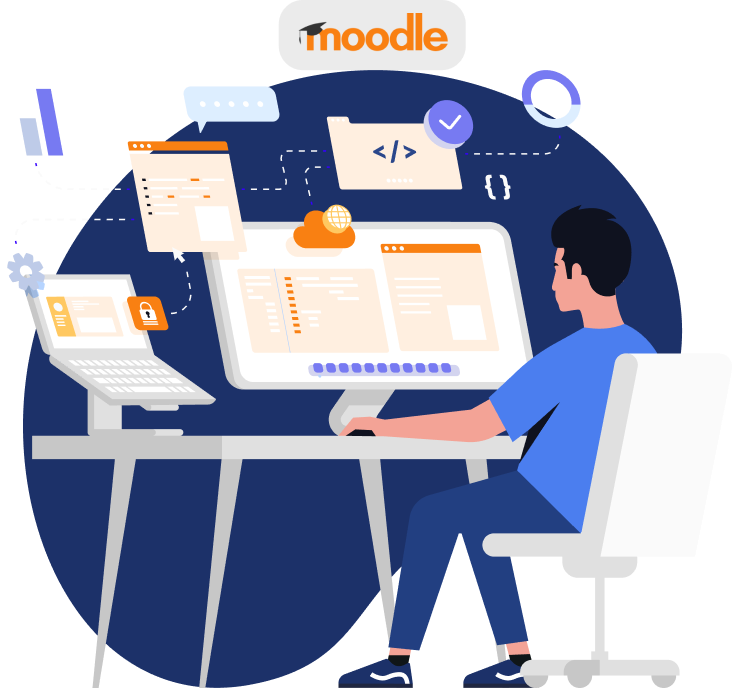
Introduction to professional translation online
In today’s linked world, professional translation online has become essential. As organizations grow internationally and individuals interact across boundaries, the demand for accurate and culturally appropriate translations has increased dramatically. Professional online translation services cross the language barrier and provide access to new prospects, whether translating legal papers, marketing materials, or website content; the art of professional translation online plays a critical role in supporting efficient communication.
The importance of human translation services in the digital age
While machine translation has made considerable progress, there are some nuances and intricacies that only a human translator can grasp. Human translation services use highly experienced linguists who thoroughly grasp both languages and the cultural context in which the translation is intended. They can correctly represent the tone, idioms, and subtleties frequently lost in mechanical translation. In the digital era, where communication is fast and worldwide, the need for human translation services has never been more vital.
Advantages of professional online translation services
Professional online translation services have several advantages over older techniques. For starters, they give a simple and effective way to acquire translation services anywhere globally. Businesses and individuals may connect with expert translators specializing in their sector or language pair. Furthermore, online translation services frequently provide speedier response times, allowing projects to be finished under tight schedules. Moreover, internet platforms offer a safe atmosphere for sharing private papers and protecting sensitive information.
The role of technology in professional translation
Technology contributes significantly to the efficiency and quality of professional translation services. Translation memory technologies, for example, assist translators with consistency by saving previously translated passages for later use. This speeds up the translation process and guarantees that language is consistent across papers. While not flawless, machine translation may be a valuable tool for translators, supporting them in creating first versions that can be polished and completed. However, it is vital to highlight that technology should be viewed as a help rather than a substitute for human translators.
How to choose the right professional translation service provider
Selecting the correct professional translation service provider is critical for ensuring quality and accuracy. Examining their experience in your sector or subject area is vital when choosing a service. Look for translators with experience in your industry to ensure they grasp the vocabulary and subtleties specific to your text. Furthermore, reputable translation service providers should have a strict quality control mechanism. They should use native speakers who are fluent in both the source and target languages and have a mechanism in place to evaluate and modify translations for correctness.
Factors to consider when hiring human translators online
When employing human translators online, various elements must be considered to guarantee a fruitful collaboration. First, consider the translator’s credentials and expertise. Look for qualified translators or relevant degrees in translation or linguistics. Request examples of their prior work to evaluate their translation abilities. Also, examine the translator’s availability and reactivity. A dependable translator must be able to fulfill deadlines and communicate quickly. Finally, explore the translator’s fees and pricing structure. While staying under budget is vital, emphasize quality above cost to avoid compromising the accuracy and efficacy of your translations.
Tips for maximizing the benefits of professional translation services
To get the most benefits from professional translation services, it is critical to establish clear communication and give detailed project briefings. Clearly express your requirements, target audience, and preferred tone to the translator. Provide references and glossaries to verify consistency and correctness. In addition, be open to criticism and work with the translator throughout the process to answer any queries or problems. Finally, set aside enough time for the translation process, especially for complex or large-scale projects. Rushing through the translation process might lead to mistakes and poor outcomes.
Common challenges in professional translation online and how to overcome them
Despite developments in professional translation online, translators and customers may encounter typical obstacles. One area for improvement is a need for more context. Translators may need clarification or complete source information, making it difficult to transmit the intended meaning effectively. To address this difficulty, customers should supply as much background as possible and be open to explanations. Another area for improvement is using industry-specific language. Customers should supply translators with necessary glossaries and reference materials to achieve reliable translations. Finally, language and cultural differences might provide difficulties. Open communication and collaboration between the translator and the customer can assist overcome these challenges.
Conclusion: Embracing the power of human translation services in the digital age
Learning the skill of professional translation online is critical in today’s digital world. Human translation services provide the skills and cultural awareness machine translations need to improve. Businesses and individuals may harness the power of human translation services by selecting the best professional translation service provider, taking essential variables into account when employing translators, and optimizing advantages via efficient communication. Embrace the potential of professional translation online and transcend the language divide to reach a worldwide audience.


